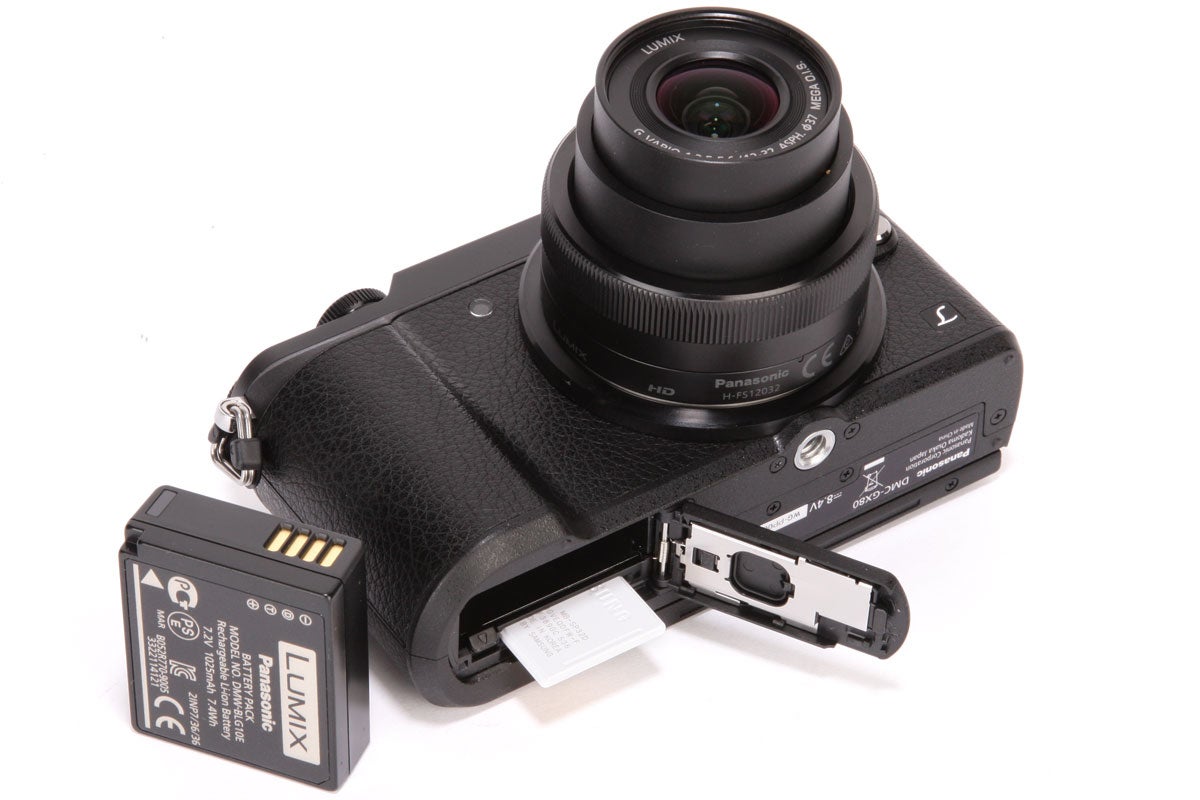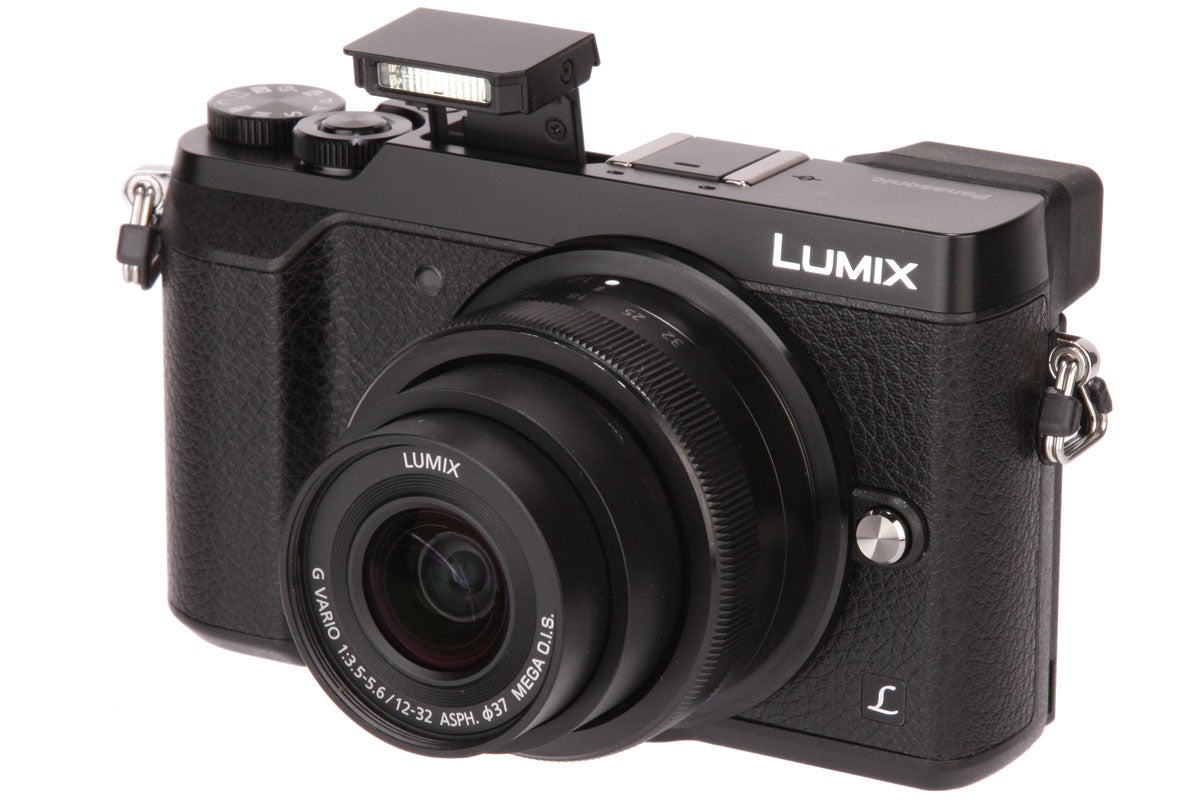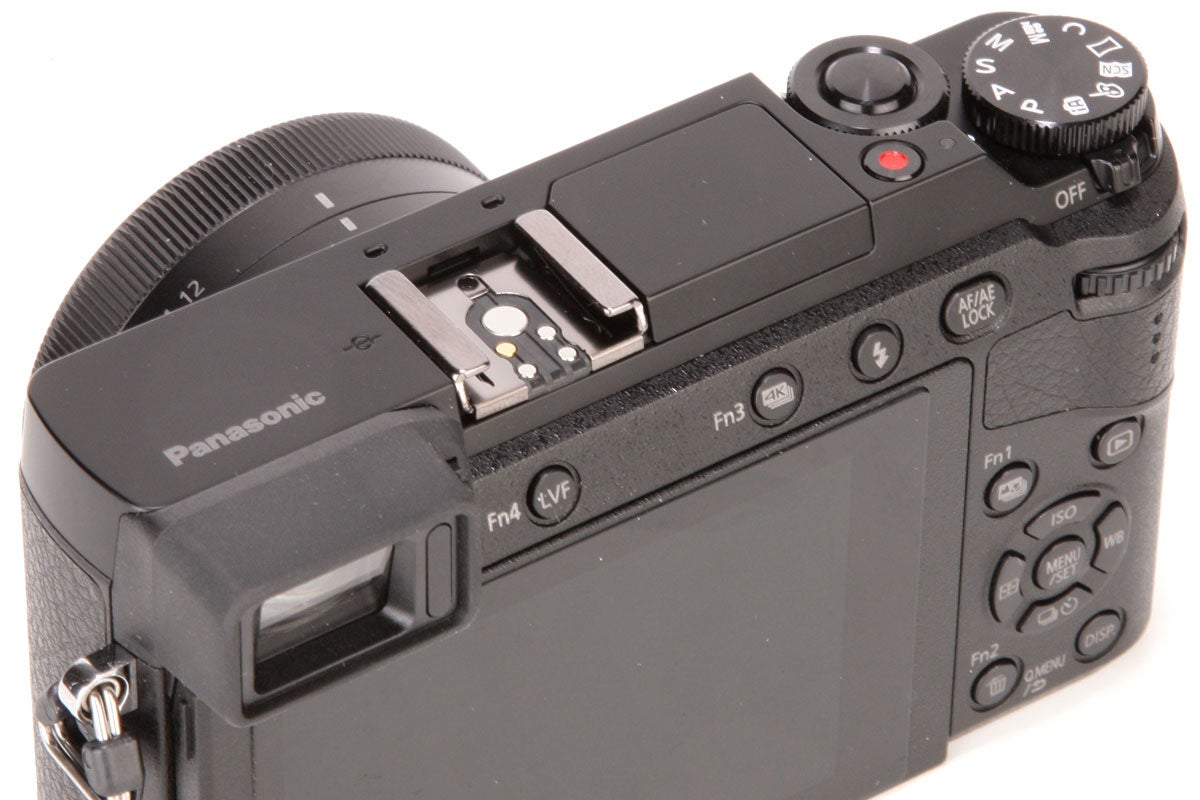Andy Westlake examines the Panasonic Lumix GX80, Panasonic’s latest mid-range compact system camera
Panasonic Lumix GX80 review
Features
The GX80 has a pretty solid feature set, most of which we’ve previously seen on other recent Panasonic cameras.
Rather than the 20-million-pixel sensor used by the GX8, the Panasonic Lumix GX80 shares the familiar 16-million-pixel MOS that’s in Panasonic’s other Micro Four Thirds cameras. However, for the first time Panasonic has removed the optical low pass filter entirely, which helps eke out a little more detail, although in practice the difference isn’t huge.
New image processing is designed to minimise sampling artefacts such as aliasing and moiré. The sensitivity range is now ISO 200-25600 as standard, with a pulled ISO 100 option also available that offers lower noise but less headroom before highlight details start to clip to pure white.
The Panasonic Lumix GX80 is capable of continuous shooting at 8 frames per second at full resolution, which is similar to other similarly priced CSCs and faster than most DSLRs.
If you want it to refocus between frames the speed drops to a still-impressive 6 fps. Switch to 4K Photo mode and you can shoot at fully 30fps then easily extract 8MP stills from the footage, a feature none of its direct competitors can match.
One relatively new 4K-based feature is 4K Post-focus. This takes a series of frames at different focus distances such that every object in the scene is in focus in at least one, and then records them together as a 4K movie file.
The idea is that you can then refocus the image after the event, simply by tapping on the camera’s touchscreen. This is all very clever and fun to play with, and it even gets its own button on the camera, but it’s difficult to understand what it’s supposed to be used for in practice.

The DNW-BLG10E battery should be good for around 300 shots per charge. Note the forward-positioned tripod socket
An all-new shutter mechanism employs an electromagnetic drive with two solenoids to operate the shutter curtains, eliminating the use of springs.
In use the GX80’s new shutter operates with a quiet, discreet snick and feels much ‘softer’ compared to the GX8. According to the firm, it also reduces shutter-related vibrations by 90%, and in practice I saw no evidence for image blurring due to ‘shutter shock’.
A completely silent and shock-free electronic shutter is also on hand offering speeds up to 1/16000 sec; this is handy for using fast lenses in bright light, but brings some risk of image distortion due to rolling shutter effects.
For photographers who enjoy shooting black & white, there’s an attractive new high contrast black & white JPEG processing mode, called L.Monochrome. You can mimic the effect of using coloured filters in front of the lens with black & white film – yellow, orange, red or green – and apply blue or sepia toning with adjustable levels of saturation. Naturally, you can also record a raw file alongside.
Plenty of other useful features are on board too, for example an auto-stitching panorama mode, image processing filters, time lapse shooting, and an extensive array of bracketing options including focus and aperture bracketing. Naturally, Wi-Fi is built in, allowing remote control of the camera from your smartphone, and transfer of images from the camera for sharing with family and friends.







